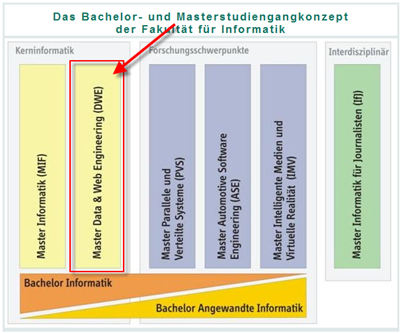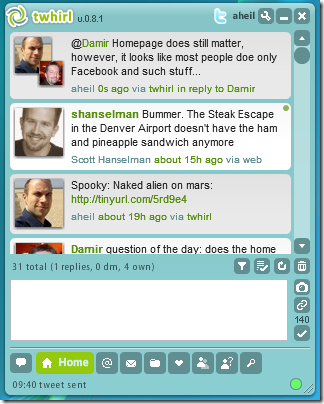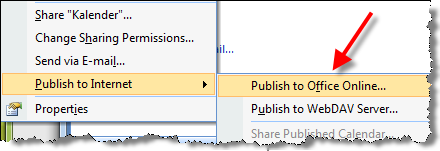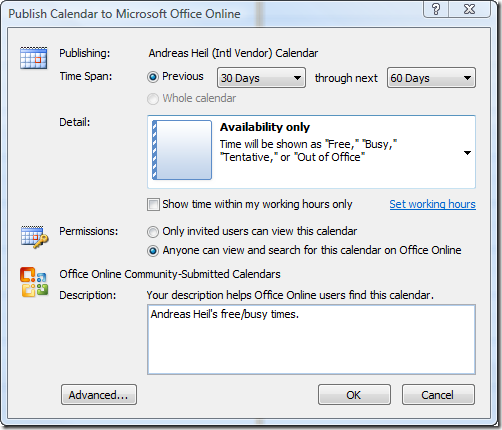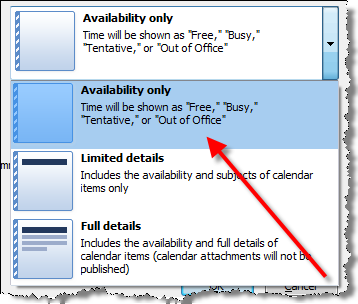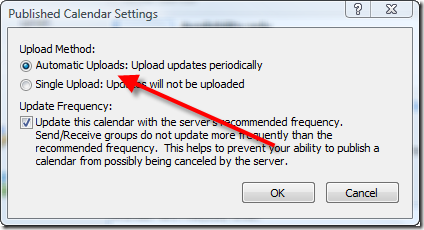How stupid I was: while dealing with licenses for years, Dirk Riehle finally gave me a reality check. In an interview with Software Engineering Radio he told about his recent work at SAP and his experience and research with open source business models. Exaggerating I say: GPL is great, because GPL is the most capitalistic license you can think of.
As Dirk explained in the podcast the whole dual licensing model is build up on GPL. You sell your product but you also want to be pseudo open source. Then you open source using the GPL. All your competitors can read your code, extend the code, but then have to release everything under the GPL again. So there is no no benefit for your competitor. If customer’s or competitors want to extend your code they have to purchase the second license you have.
Personally, I prefer either closed source or quite permissive licenses (FreeBSD, MsPL etc). If yo are going to give your code away, do it right. If you want to build a business on your code base – keep it closed. So I always was quite careful about not reading GPL code or even worse, copying code snippets into your code base that might be under GPL.
Since yesterday however, I really have a different view on the whole topic: If you are open sourcing a commercial open source project and you perform dual licensing, GPL is used as a pure instrument for your business methods. If you open source a community project under GPL you probably have not understood the concepts at all.
Also interesting in this podcast was the facts about shifting revenues. So, licensing is a tool used for shifting revenues among various business areas. If you are selling a database you are probably interested, that all operating systems are free of charge, so the customer has more money left to pay your product and your service. If you are some company similar to SAP, you are probably interested in all operating systems and databases are being for free: Consequently, the customer has more money left to spend on your product and services. If you selling your operating system you are for sure interested in having all programs running on top of your system are for free. That way, the customer has more money left to spend on your operating system and the services.
The next time you read about some company switching from Windows to Linux the question is not about saving money on licenses. At the end, I personally don’t thing that the corresponding IT budget will be cut down due to the saved licensing fees. I rather think the budget is shifted to some other area.
I just realized I was focused on the GPL from the view of a developer for too long. If you feel the same, I highly recommend the interview with Dirk.
